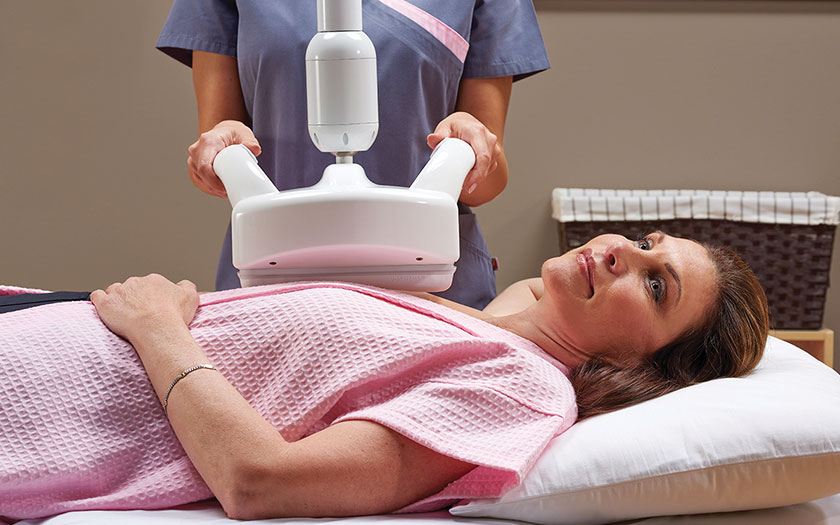A lump on the areola, or area around the nipple, can occur in both males and females. A lump can be a local infection that may or may not be related to the underlying breast tissue.
Q. What is the most common cause of a lump at the areola?
A. The areolar margin is lined by sebaceous / oil glands below the skin. These glands may get blocked and inflamed resulting in a painful red swelling. If untreated it may progress to form an abscess. Other causes of lumps in this area are cysts, papilloma, and benign or malignant tumours below the areola. Breast abscess during breastfeeding is also a common cause for painful lumps at the areola. This occurs as a result of prolonged engorgement of the breast, mechanical obstruction of the outlet or infection as a result of cracked nipples.
Q. Lumps on the areola may cause breast pain. What are the other symptoms?
A. The other common symptoms apart from pain are erythema (redness), fever and discharge from the lump if it is infected. If not, it may present as a painless lump.
Q. Ultrasound of the breast or a mammogram provides doctors with more information. What can they tell you about the lump?
A. Ultrasound of the breast will confirm if the lump is subdermal (arising from the skin) or from the breast tissue. It helps to confirm the diagnosis and hence the treatment. Ultrasounds will also help to rule out other lesions in the area. A mammogram will ensure that there are no underlying suspicious calcifications or nodules in the breast.
Q. Antibiotics may be prescribed for lumps caused by infection on the areola. What are the other treatment options?
A. Antibiotics and anti-inflammatory are the first line of treatment for infection of the sebaceous glands. Many times, no further treatment is required if the infection settles completely. Recurrent infection necessitates a surgical excision of the gland. If the infected gland is large, then surgery may be needed. If there is an abscess formation, then a drainage procedure is done first to clear the pus. Drainage may be in the form of a needle aspiration or open incision. The patient is reassessed once the infection is settled.
Q. What are fistulas and what causes them to occur?
A. Fistulas occur as a result of recurrent infections or inadequate treatment /drainage of the infected area. A track forms connecting the abscess cavity to the skin surface. Patients will have persistent discharge from the skin opening and may have to deal with chronic distress, pain and frequent recurrent abscesses. The key to prevent this is to institute treatment early and effectively.
Q. When do you need to see the doctor?
A. Slightly prominent sebaceous glands around the areola is normal in many people and more so during pregnancy and lactation. They do not warrant any treatment. If they become red, painful or enlarged then see your doctor early for treatment as this will prevent further complications and chronic problems. A “painless “ lump around or below the areola whether in males or females must be reviewed always to rule out underlying malignancy.
Q. What can a person do for breast care and prevention?
A. Good skin hygiene is essential. Keep the nipple and areolar well moisturised especially during breast feeding to prevent cracked nipples. Be vigilant with your breast health to ensure any unusual lumps around the area are checked by a doctor. Men especially must not ignore any unusual lumps or discharge in the area as it may be a warning sign of cancer.

Consultant Breast & Endocrine Surgeon,
Gleneagles Kuala Lumpur

















